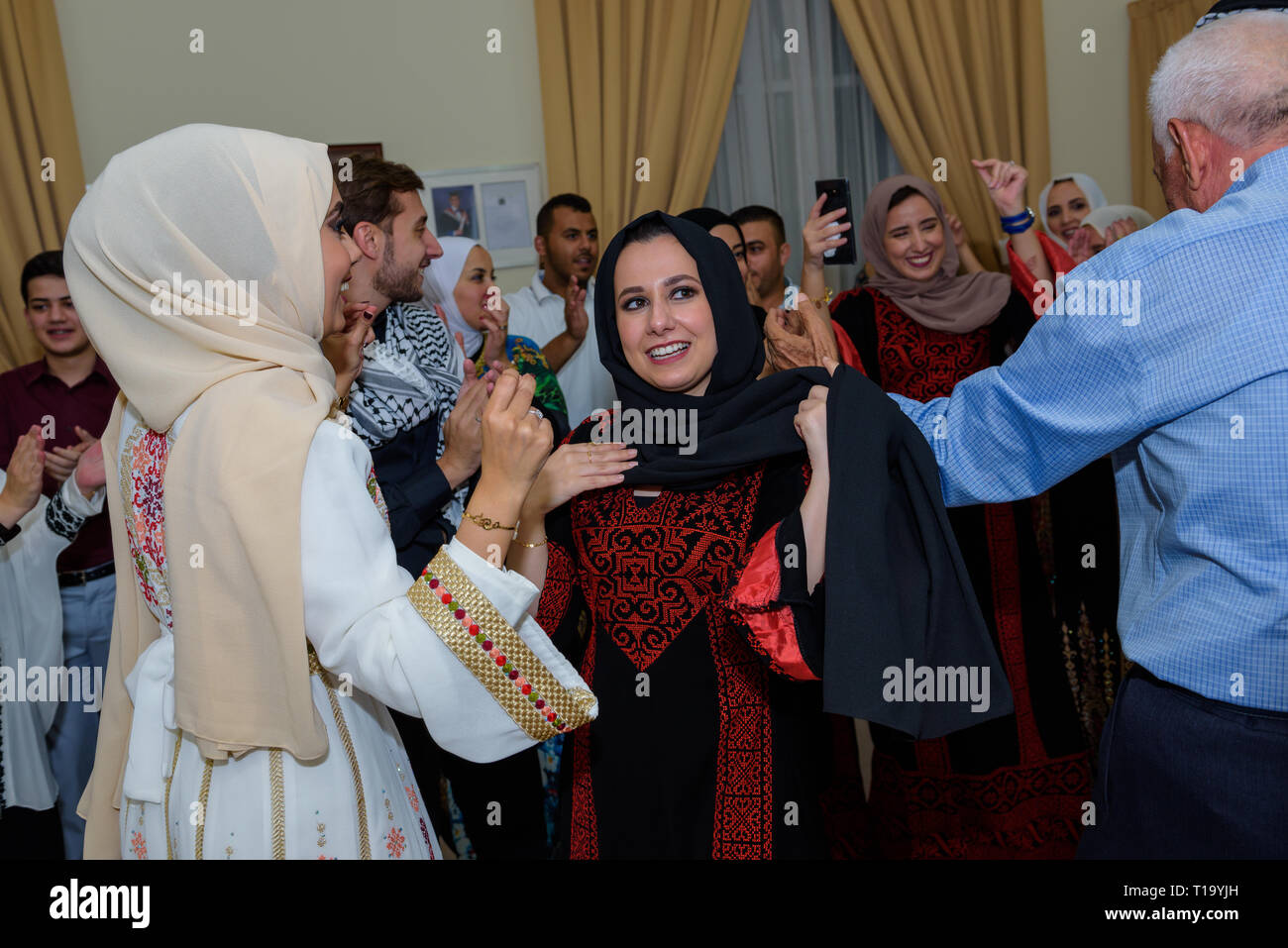Uae Traditional Songs Mp3
The eccentric rapper grew up skateboarding on the streets of Abu Dhabi from the age of 12, and reminisces about the days when all he had was his skateboard and mp3 player, though at that point it wasn’t hip-hop that was blaring through his headphones; before he got into hip-hop, Freek was a metal head, listening to bands such as Slipknot, Korn and Killswitch Engaged. He has always had a love for “hard beats”, but hip-hop lured him in due to the way it allows a person to express their feelings, stating that it is “deeper than any other genre”. A Somali trap rapper out of the UAE is definitely not something you see everyday. This highlights the power of the internet in full effect, and is reminiscent of Rich Chigga (now called Rich Brian) - an Indonesian rapper who learned English on Youtube in Jakarta and cemented himself in the American rap scene thanks to his breakthrough hit “Dat $tick”. The internet erases the borders that previously existed, allowing artists to easily gather inspiration from various scenes and showcase their talent.
It’s clear to see that Freek stays true to himself, even though some of his videos might seem like typical American trap videos, with him and his crew rapping along to the track, aggressively, nearly shouting at his audience. But delve deeper and you will see some interesting aspects, notably, the way he blends this trap aesthetic with elements that belong to the traditional UAE. In the video to his song, “Man Antom”, you can clearly see the American trap influence in the cinematography and dramatic use of different colored smokes, however it is filmed in Bastakiya, one of the oldest residential areas of the UAE. Freek mainly raps in Arabic to avoid competing with trap artists in the US and Canada – the fact that he raps in Arabic differentiates him from already established rappers. He prefers to create his own lane and take trap in the region to the next level.
Describing himself in a few words, Freek states that he is a “global citizen”, which makes perfect sense for an expat living in the UAE his whole life, being surrounded by people of all nationalities, and most importantly, having never lived in his native Somalia.

Welcome tothe 'Classical Arabic Music 'Web Si te,اهلاوسهلا بكم الى موقع الموسيقى العربيه الكلاسيكيّهPlease check out our Affiliate sitefor hundreds of MP3 Arabic Music andSongsClassical Arabic Music is proudto present the Classical Arabic Music Video Clips:Samaii Muhayyar (Tunis TV Orchestra),Taqseem on the Qanoon (Ameen Khayyat), Soat al Sahara (Aawadh Doukhi), TheRababahWehope that your visit to this web site will be a pleasant, joyful andan educational experience. It’s our commitment to present as much informationabout Classical Arabic Music as circumstances allow. It’s alsoour belief that a rich cultural and musical heritage, such as ArabicMusic,should bekept alive and available to our fellow Arab Americans, our fellow Americansand all folks who have the desire to know about, and listen to ArabicMusic.A verydiverse art form, Arabic Music, and later on, we will show the closerelationship with Turkish and Persian Music, is listened to in a very vastregion of the world.
From the Atlantic Ocean in North Africa to the farreaches of Central Asia, and from Asia Minor (present day Turkeyand the Islamic Republics of the former Soviet Union) in the North, toCentral Africa and the Arabian Peninsula in the South.The Arabic Music asit’s known today in the Near East and North Africa is the product of anevolutionary art form that may have started as far back as the Greekcivilization. Any student of history can testify to the contributions ofthe various cultures and political powers to the evolution of this artform. The Near East, North Africa and regions aroundthe Mediterranean Sea have witnessed the intermingling of cultural andartistic knowledge throughout ancient and modern history. From the Greek,the Phoenician, the Roman and the Persian empires, to the Islamic Empire,and later the Ottomans and Europeans, a diverse musical heritage hasemerged. A rich heritage indeed, and one, that is deserving of flourishingand survival, so future generations may know and enjoyWe have tried to, andcontinue trying, to collect and present to you a diversenumber of examples representing the various Arabicmusical Maqamat (Modes), musical forms and rhythms, andselected educational information about the musicalstructure, history and musical instruments of Arabicmusic.
Avaluable musical presentation, available on this site,is an educational package called. An Audio MusicalDocumentary and presentation that discusses, in detail,the various aspects of Arabic Music; its Maqamat, Formsand rhythms, supplemented with many musical examplesfrom the Middle East and North Africa.
Uae Traditional Dance
ThisDocumentary is published in two different formats:The first is the all audio presentation on 5 CD-ROMs.The second format is a Multi Media CD-ROM that is AudioVisual (Audio Music + Text for explanations). Thislast format lends itself to folks who like to read theexplanations and listen to the musical examples. Wehave also prepared several representative of the manystyles, forms, and regions where Arabic Music is played. So,please, browse through all the pages, listen to as manyof the musical samples offered, and may your days andevenings be filled with great music.© 1998-20 18,Multi Media Publishing. All Rights ReservedMulti-MediaPublishingP.O.
Arabic Party Songs Mp3 Download
Box 4615Crestline, CA 92325Phone: (909) 338-4736For problems or questionsregarding this website, please contact.